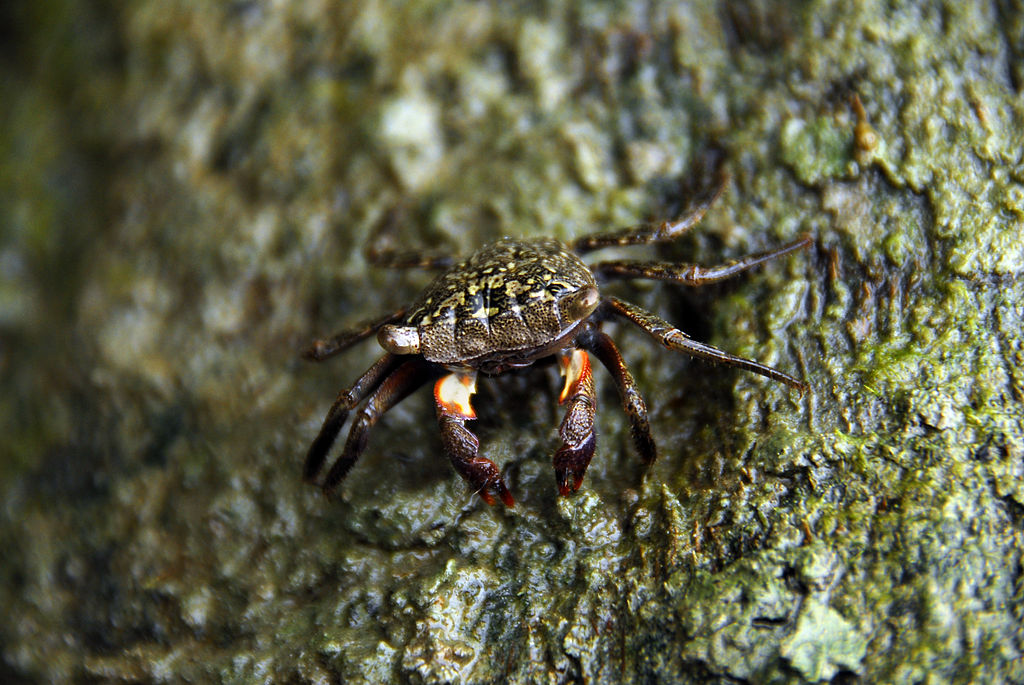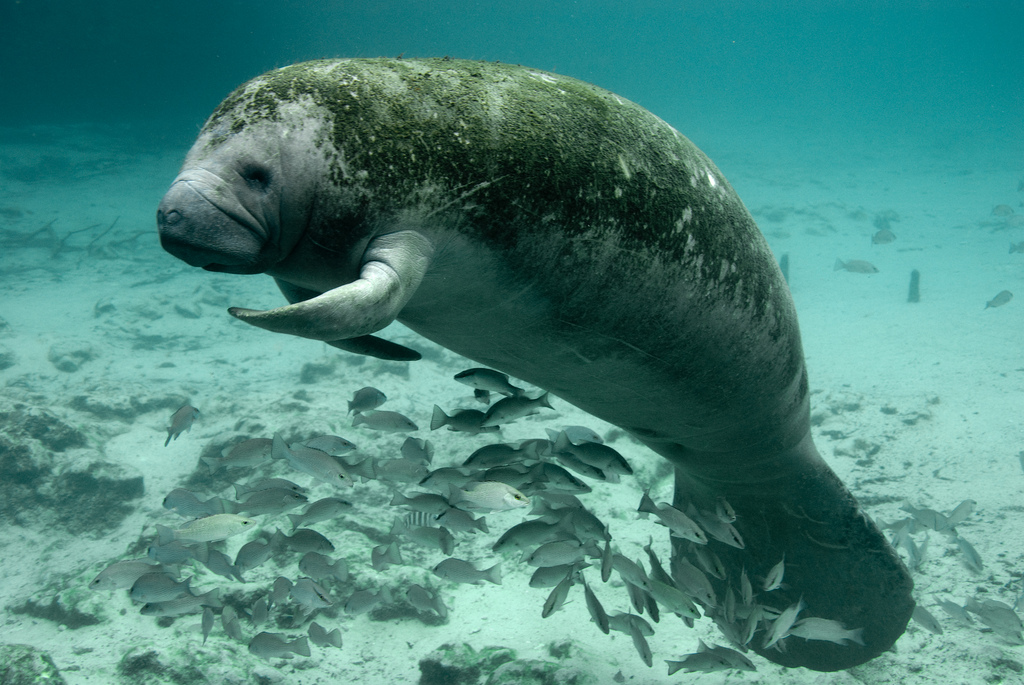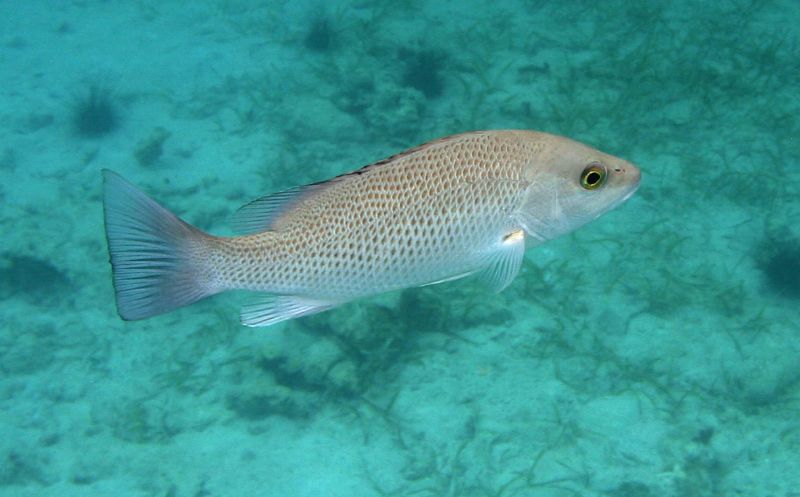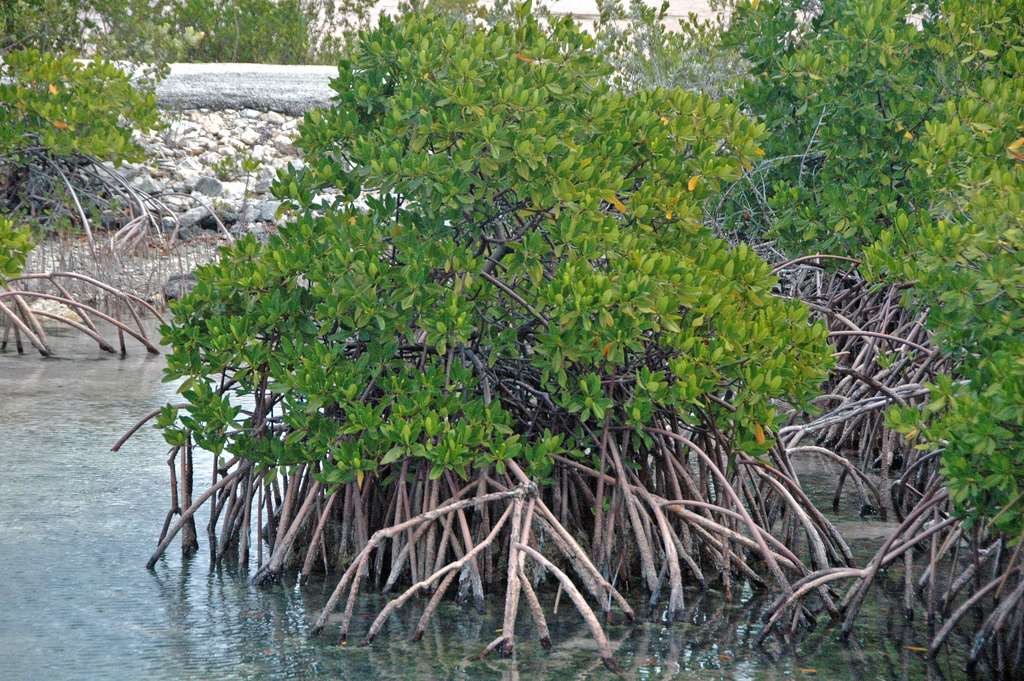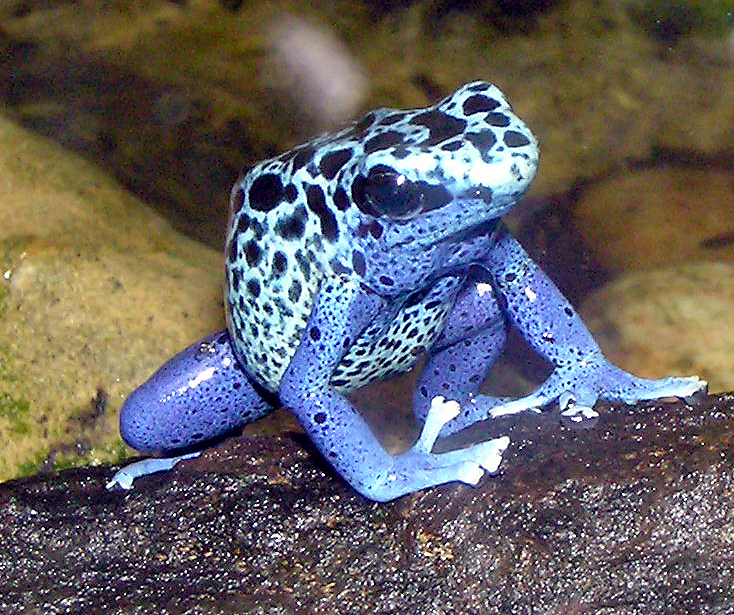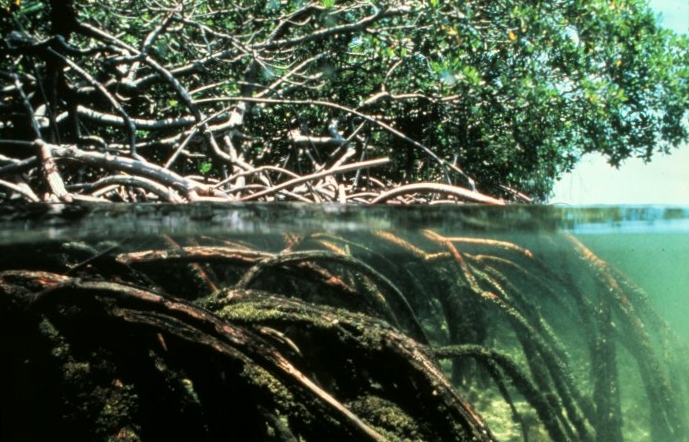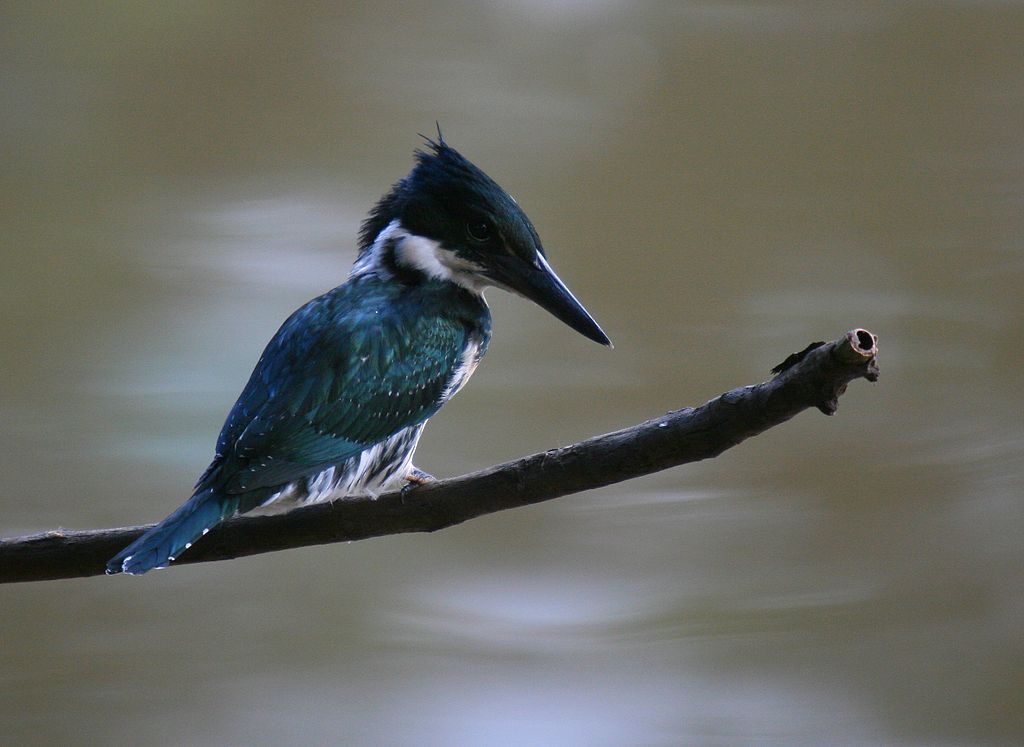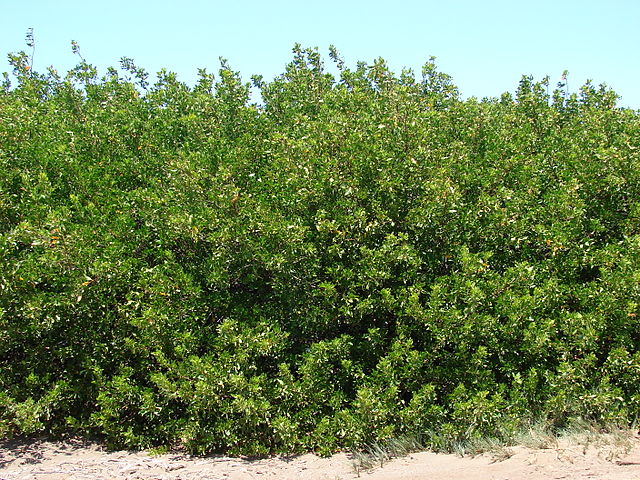MANGROVE
LOCATIONS
ECOLOGY POCKET GUIDE SUMMARY
Mangrove ecosystems stand as a powerful testament to nature’s ability to thrive at the intersection of land and sea. These coastal forests, with their intricate root systems, not only protect shorelines from erosion but also serve as vital nurseries for marine life. For designers and urban planners, mangroves offer profound lessons in resilience, water management, and the creation of adaptable structures. The interlocking root networks of mangrove trees stabilize coastlines while filtering pollutants, highlighting the potential for integrating natural barriers into coastal development. Mangroves also demonstrate how to build in harmony with fluctuating water levels, offering valuable insights for creating flood-resilient infrastructure. Their ability to thrive in saline environments inspires innovations in resource-efficient design, reminding us that architecture can—and should—adapt to the dynamic forces of nature.
ECOSYSTEM FRAMEWORK
Mangroves
Abiotic Components: Mangroves exist in coastal intertidal zones, where they experience daily fluctuations in water levels due to tides. Salinity is a key abiotic factor, as these areas are influenced by both freshwater inflows and saltwater from the ocean. The soil is typically waterlogged, low in oxygen, and rich in organic matter, creating challenging conditions for plant growth. Temperature and climate can vary widely depending on the region, but mangroves are typically found in tropical and subtropical areas with high humidity and warm temperatures.
Biotic Components: Mangrove ecosystems are dominated by salt-tolerant tree species, such as Rhizophora (red mangrove), Avicennia (black mangrove), and Sonneratia. The dense root systems of these trees provide habitats for a wide variety of organisms, including fish, crabs, mollusks, and shrimp. Mangroves also support a range of bird species, such as herons and kingfishers, while serving as breeding grounds for numerous marine species that rely on the protection of the roots during their early life stages.
Trophic Structure: The food web in mangroves begins with the primary producers—mangrove trees and algae. Detritus, consisting of fallen leaves and decaying organic matter, forms the base of the food chain and supports a rich community of decomposers and detritivores, including crabs and worms. These organisms, in turn, are preyed upon by fish and birds. Mangroves also act as nurseries for commercially important fish species, which later move into deeper waters as they grow, connecting coastal and marine ecosystems.
Nutrient Cycles: Nutrient cycling in mangroves is largely driven by the tidal exchange of water, which brings nutrients from the ocean and rivers into the ecosystem. The decomposition of organic matter, particularly fallen leaves and branches, plays a key role in the cycling of nutrients such as nitrogen and phosphorus. Mangroves also act as carbon sinks, sequestering large amounts of carbon in their biomass and the surrounding soil, contributing to global carbon cycling and helping to mitigate climate change.
Interactions: Mangroves engage in a variety of symbiotic relationships. For example, some mangrove species form associations with nitrogen-fixing bacteria that help them thrive in nutrient-poor soils. The dense root systems also provide shelter for a wide range of aquatic species, which, in turn, help aerate the soil and facilitate nutrient exchange. Mangroves also have mutualistic relationships with birds, which help disperse seeds, allowing the trees to colonize new areas.
Adaptation and Resilience: Mangroves have evolved a range of adaptations to cope with their challenging environment. Their root systems are specialized for anchoring in soft, unstable soils, and they have evolved mechanisms to filter out salt, allowing them to thrive in saline waters. Many mangrove species also have pneumatophores, or aerial roots, that allow them to take in oxygen even when submerged during high tides. This resilience to changing water levels and salinity provides valuable insights for designing flood-resilient, adaptable structures in coastal areas.
System Boundaries and Scale: Mangroves are found along tropical and subtropical coastlines worldwide, particularly in regions such as Southeast Asia, the Caribbean, and the Gulf of Mexico. The extent of mangrove forests is determined by tidal range, salinity gradients, and freshwater inputs from rivers. Though they occupy a relatively small area compared to other ecosystems, mangroves play an outsized role in coastal protection, biodiversity, and carbon sequestration.
Additional Ecologically Integrated Design Considerations
Keep intact or restore hydrologic and salinity dynamics
Take extreme care to avoid runoff pollution
Mimic mangrove structure and gradient to manage coastal erosion
Create a buffer against storm events
Create conditions that allow for nursery areas for oceanic fish
REFERENCES
Alongi, D. M. (2008). Mangrove Forests: Resilience, Protection, and Coastal Management. Estuarine, Coastal and Shelf Science, 76(1), 1-13. DOI: 10.1016/j.ecss.2007.08.024
Duke, N. C., Meynecke, J. O., Dittmann, S., Ellison, A. M., Anger, K., Berger, U., & Cannicci, S. (2007). A World Without Mangroves? Science, 317(5834), 41-42. DOI: 10.1126/science.317.5834.41
Lugo, A. E., & Snedaker, S. C. (1974). The Ecology of Mangroves. Annual Review of Ecology and Systematics, 5(1), 39-64. DOI: 10.1146/annurev.es.05.110174.000351
Kathiresan, K., & Bingham, B. L. (2001). Biology of Mangroves and Mangrove Ecosystems. Advances in Marine Biology, 40, 81-251. DOI: 10.1016/S0065-2881(01)40003-4
Twilley, R. R., Chen, R. H., & Hargis, T. (1992). Carbon Sinks in Mangroves and Their Implications for Carbon Budget of Tropical Coastal Ecosystems. Water, Air, and Soil Pollution, 64(1-2), 265-288. DOI: 10.1007/BF00477106



